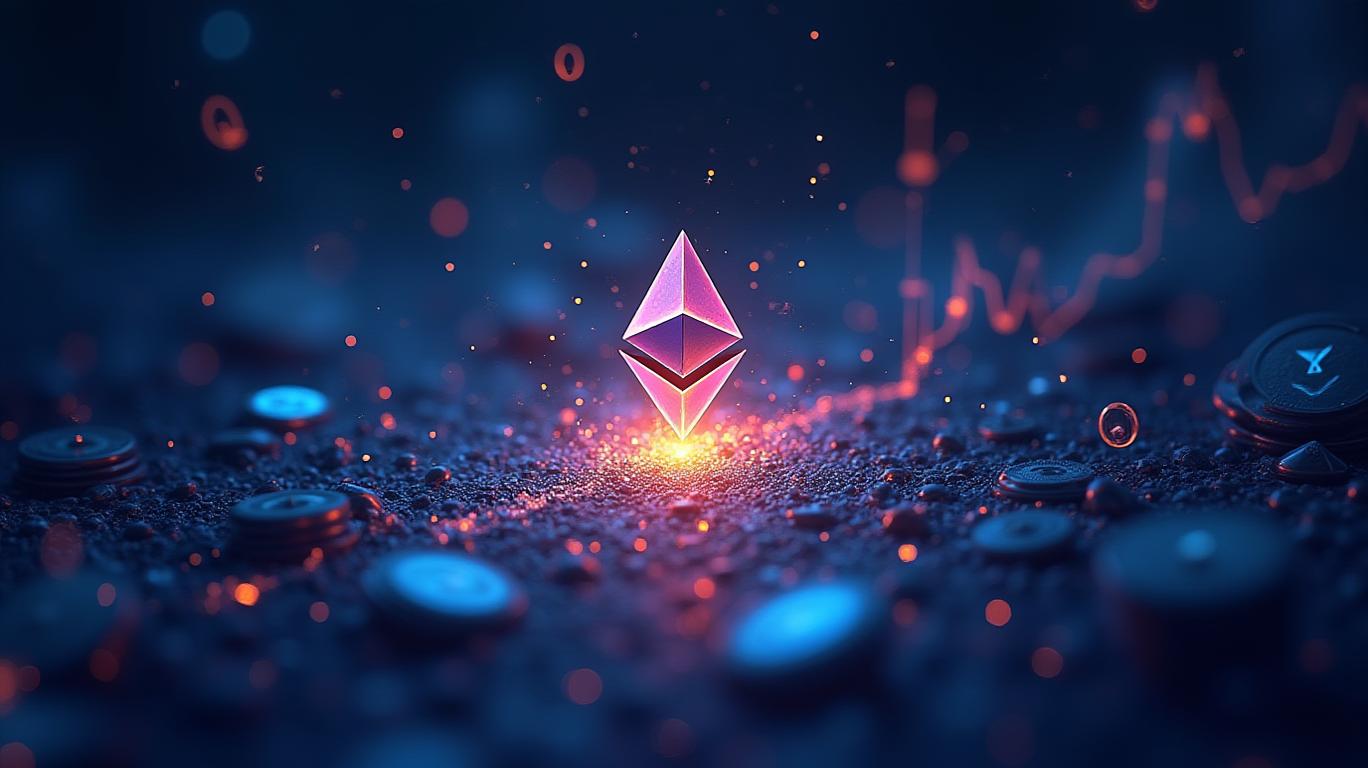AInvest Newsletter
Daily stocks & crypto headlines, free to your inbox
Solana has solidified its position as a leading blockchain in the decentralized finance (DeFi) space, maintaining its top spot in decentralized exchange (DEX) trading volume for the seventh consecutive month. In April, Solana's
trading volume nearly doubled that of Ethereum's mainnet, driven by platforms like , Raydium, and Orca. This trend has been consistent, with Solana's DEX trading volume steadily increasing since the start of the fourth quarter of 2023, surpassing Ethereum's trading activity in the DeFi space.Solana's success can be attributed to its speed and low fees, which have become particularly appealing during times of Ethereum congestion. The user experience on Solana has drawn traders and DeFi users, leading to a structural realignment towards DEXs within the Solana ecosystem. As liquidity, volume, and users flow into Solana's DEXs, its standing in the crypto economy has risen, indicating a long-term shift rather than a temporary trend.
In addition to its dominance in DEX trading, Solana has also surpassed Ethereum in staking volume. This development has significant implications for network security and validator incentives. Historically, Ethereum has emphasized decentralization and accessibility in its staking model, with a cap of 32 ETH per validator. In contrast, Solana requires much greater hardware performance and
to run a validator, making it five to ten times more expensive than Ethereum. This has raised concerns about Solana's accessibility and decentralization, but the increasing amount of capital at stake in Solana reflects growing confidence in the network's resilience.As Solana continues to outperform Ethereum in both trading volumes and staking participation, the debate between the two platforms is shifting. Proponents of Solana argue that these advancements signal a bigger decentralization of blockchain infrastructure, with nearly flawless uptime and a larger, more engaged set of validators. Ethereum, on the other hand, continues with its cautious evolution, favoring decentralization, modularity, and a secure architectural framework. Despite these differences, Solana's model seems to be gaining traction in the market, with April's numbers indicating a clear step in its direction.
Solana's rise has been placed in stark relief against the backdrop of Ethereum's overall health. The blockchain has surged ahead in two areas—trading and staking—that not only provide it with revenue but also let it reclaim ground lost to its competitors in the space. As the DeFi landscape continues to evolve, Solana's performance in these key areas will be crucial in determining its long-term viability and success.

Quickly understand the history and background of various well-known coins

Dec.02 2025

Dec.02 2025

Dec.02 2025

Dec.02 2025

Dec.02 2025
Daily stocks & crypto headlines, free to your inbox
Comments
No comments yet